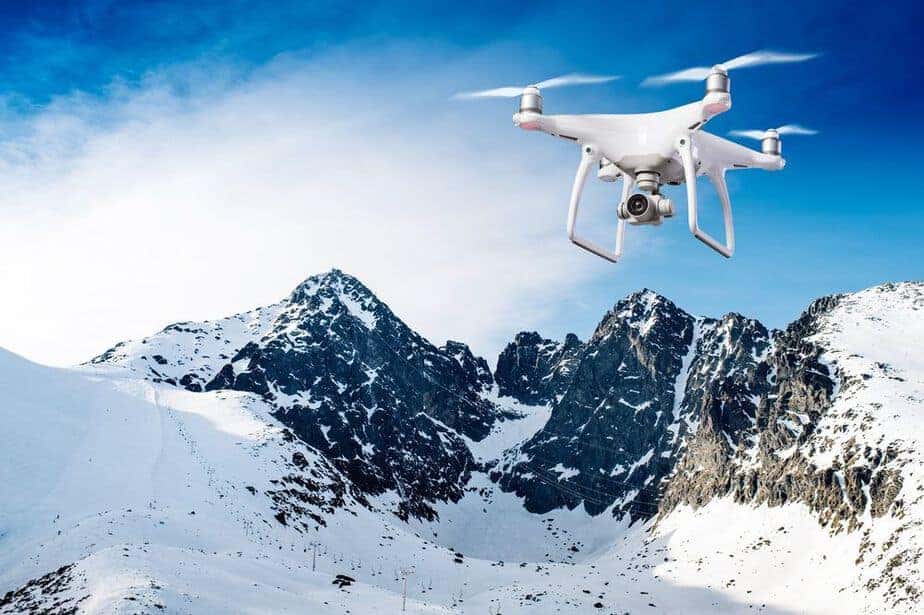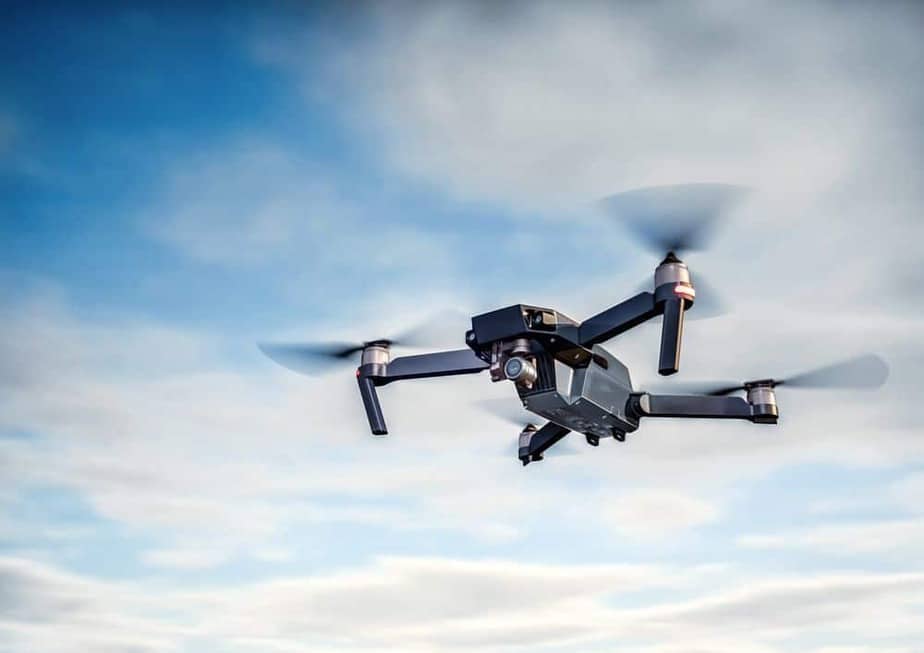With a drone, there is always a desire to fly for longer and explore as far as you can. This is human nature, but with technology, there is always a need to push it, and yourself, further. I love flying drones, and it is a passion I share with my kids. Our hobby is to spend Saturday mornings out flying drones and given we have been doing it for so long. We set challenges to make it more interesting. Venturing the furthest distance is a great thrill, and I’ve learned a thing or two about positively impacting on the range of a drone. If you are keen to learn how to fly a long range drone, here are 7 easy tips to help you achieve success without losing time.
1. Long range drone activities offer immense fun
By maximizing the range of your drone and its setup, you can venture further, so it makes sense to understand the range and learn how to improve it. These tips will help you to push your drone further than ever before:
- Consider the positioning of the control and the drone paying attention to obstacles between the two
- The standard and quality of antenna on the control and the drone
- The positioning of the drone’s antenna
- The power of the transmitter on the control and the drone
- The frequency in use for the drone
- Any possible interference from other RF sources
- The appearance of reflective obstacles lying between the drone and the control
There is a lot to consider in these points, so take the time to review each one because minor tweaks can have a big impact on the range of your drone.

2. Consider the positioning of the control and the drone paying attention to obstacles between the two
If there are obstacles blocking the line of sight that lies between the drone and the control, the signal will be compromised and will deteriorate. This makes sense, but the situations are made worse by the fact that obstacles which don’t lie directly in the line of sight can also impact the signal between control and drone.
This is referred to as the Fresnel Zone. This zone has the shape of a rugby ball or a football in America, and it lies between the controller and the drone. If there are blockages in this area, the signal is compromised.
Anyone who notices their signal becoming weaker but cannot see or find obstacles in the line of sight should consider flying higher to change the Fresnel Zone.
When it comes to the positioning of the drone, don’t forget that some aspects of the drone may impact on the signal, particularly if the drone has rotated. Likely obstacles include circuitry of the drone or the batteries for the drone. The impact that these aspects can have on the signal has led to many drone manufacturers placing the antenna on the underside of the drone as opposed to locating it within its shell.
3. The standard and quality of antenna on the control and the drone
This point may not apply to all drones, such is the variety and complexity of modern drones, but it is true for drones that have a linear polarized antenna. Anyone who has this style of the antenna with their drone should ensure that both the receiving and transmitting antennas both hold the same orientation. As an example, if the controller antenna points upwards, so should the drone antenna. This isn’t always possible, and if a misalignment does occur, it can impact on the quality of the signal being sent between the devices.
4. The positioning of the drone’s antenna
No matter the type of drone you use, you’ll find that each antenna carries its own radiation pattern. There are some drones which can broadcast and/or receive in all directions, but there are also drones which are only able to transmit or receive in a very limited cone shape directly ahead of the antenna.
It is important to be aware that the gain’s impact is monumental in the range. Antennas with a high gain, say more than 2db, should provide an impressive range when being flown directly in front but if it were to be flown directly behind, the range would become considerably poorer.
It should also be remembered that most antennas have a notable weak spot when being flown directly above the user.
5. The power of the transmitter on the control and the drone
It should go without saying that the greater the level of power, the better the range, but the improvement may not be as impressive as you would think or hope for. Given that range is only proportional to the square of the available power, the decision to double the power will only improve the range by a level of 40%.
6. The frequency in use for the drone
An important thing to remember is that the range improves the lower the frequency. Although there are numerous factors that influence the outcome, if all other things were equal, a 5.8GHz would only provide half the range of 2.4GHz.
Any possible interference from other RF sources
- There are three main factors to consider when thinking about interference on your drone, which are:
- Interference that occurs in the frequency of the drone
- Interference that occurs within the radiation pattern of the drone
- Interference that occurs at a higher level of the power of the transmitter
It is not uncommon for users to experience no interference as their drone takes off but as the drone ventures into others, perhaps more populated areas, there are other factors that shape and influence the drone’s behavior and capabilities. Any user who starts of in a rural area but directs their drone towards a more built-up area will have experienced this issue.
7. The appearance of reflective obstacles lying between the drone and the drone
One issue that can impact on the drone occurs when the signal makes its way to the receiver from various paths and directions. This can occur when there are reflective obstacles that the signal bounces off. It is therefore sensible to avoid setting off from an area that doesn’t have too many sizable obstacles.

Hopefully, you will have enjoyed these tips for long range drone use. If you are going to use them to get more enjoyment from your drone, please let us know in the comments section. I can honestly say being able to fly a drone further has enhanced the drone experience for my kids and me, and I hope you get the same benefit. If you know someone who you think can benefit from these tips, be sure to share them.









Very nice article. I absolutely love this site. Thanks!